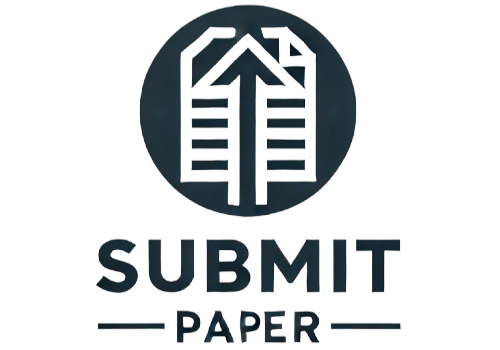IMPLEMENTASI TEKNOLOGI CANGGIH DALAM MENGURANGI RISIKO PELAKSANAAN KONSTRUKSI BANGUNAN GEDUNG TINGGI
Abstract
This research aims to explore and evaluate the implementation of advanced technologies in reducing the risks associated with high-rise building construction. The main objective of this study is to analyze the effectiveness of various technologies such as Building Information Modeling (BIM), sensors and Internet of Things (IoT), robotics, and Virtual Reality (VR) in the context of safety, health, and operational efficiency. The research methodology includes a comprehensive literature review of relevant scholarly articles and analysis of case studies from construction projects that have implemented these advanced technologies. Case studies are used to evaluate the positive impact of advanced technologies in reducing accident incidents, enhancing project coordination, and optimizing resource utilization. The findings of this research indicate that the use of BIM significantly improves interdisciplinary coordination and reduces design errors. The implementation of sensors and IoT successfully monitors real-time environmental conditions, while robotics aids in reducing risks for workers in hazardous work environments. Additionally, VR has proven effective in training workers through simulated hazardous work scenarios
Keywords
Full Text:
PDFReferences
Chi, H. L., Huang, H. C., & Nguyen, Q. B. (2018). Safety and health hazard assessment of IoT and its risk management. Journal of Sensors, 2018, 9369017. [Link: https://doi.org/10.1155/2018/9369017]
Kusumastuti, E., et al. (2019). Risiko K3 Pada Pelaksanaan Konstruksi Bangunan Gedung Swasta. Jurnal Manajemen Proyek Konstruksi, 7(3), 211-225.
Manalu, T., & Siahaan, A. (2020). Strategi Meningkatkan Penggunaan Alat Pelindung Diri (APD) Pada Pekerja Proyek Konstruksi di Tulungagung. Jurnal Teknik Sipil dan Perencanaan, 8(2), 123-135.
Oraee, M., Hosseini, M. R., & Nawari, N. O. (2016). Virtual reality applications in construction safety training. Visualization in Engineering, 4(1), 7. Link: https://doi.org/10.1186/s40327-016-0037-7
Pratama, R. D., et al. (2018). Analisis Pelaksanaan Keselamatan Dan Kesehatan Kerja (K3) Pada Proyek Pembangunan Gedung K Universitas Muhammadiyah Purwokerto. Jurnal Rekayasa Sipil dan Desain, 6(1), 45-57.
Sacks, R., Eastman, C. M., & Lee, G. (2013). Parametric 3D modeling in building construction with examples from precast concrete. Automation in Construction, 35, 317-327. Link: https://doi.org/10.1016/j.autcon.2012.11.018
Succar, B. (2009). Building information modelling framework: A research and delivery foundation for industry stakeholders. Automation in Construction, 18(3), 357-375. Link: https://doi.org/10.1016/j.autcon.2008.10.003
DOI: https://doi.org/10.52447/jkts.v9i2.7692
Refbacks
- There are currently no refbacks.
Copyright Pusat Penelitian Fakultas Teknik
Universitas 17 Agustus 1945 Jakarta





